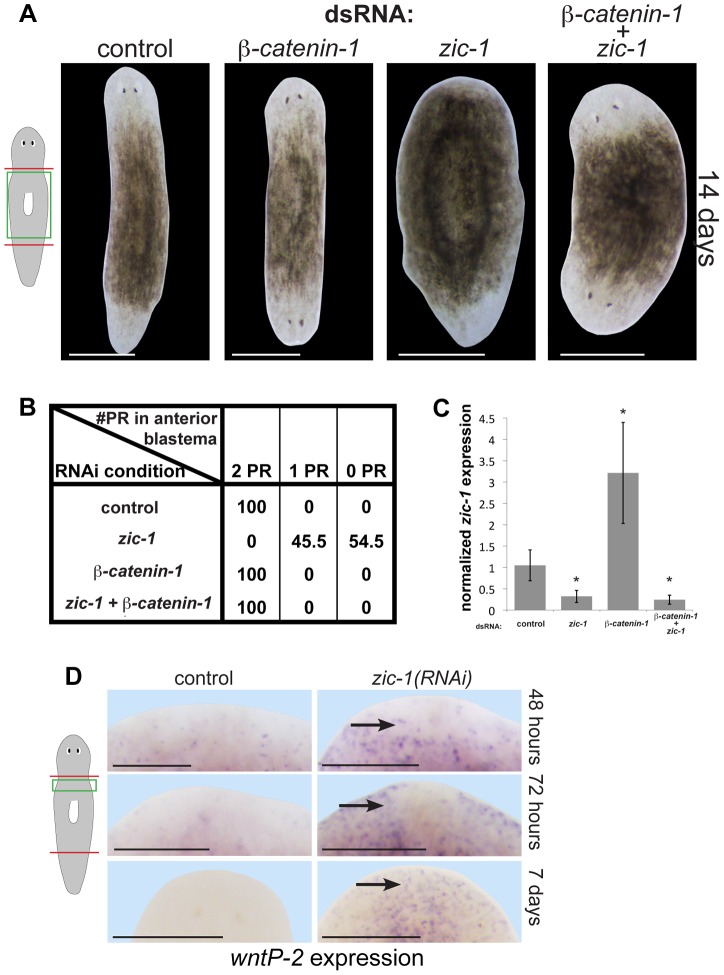Figure 6. zic-1 inhibits Wnt signaling to promote head outgrowth.
(A) Single and double-RNAi as indicated to examine interactions between zic-1 and beta-catenin-1. Total concentrations of dsRNA were normalized by control dsRNA so that the absolute amount of each utilized dsRNA was equivalent across treatments. zic-1(RNAi);beta-catenin-1(RNAi) animals all regenerated heads after decapitation suggesting that beta-catenin-1 inhibition is required for the zic-1's head-promoting function. (B) Scoring percent of anterior regeneration blastema with 0, 1, or 2 photoreceptors (PR) (n>9 animals). (C) qPCR analysis of zic-1 expression versus gapdh in animals treated with dsRNA as indicated. zic-1 dsRNA reduced zic-1 mRNA levels (p<0.05, t-test), beta-catenin-1 dsRNA increased zic-1 mRNA (p<0.05, t-test), and simultaneous treatment with zic-1 and beta-catenin-1 dsRNA decreased zic-1 mRNA (p<0.01, t-test). (D) wntP-2, a gene normally expressed in the posterior by beta-catenin-1 activity, was ectopically expressed in zic-1(RNAi) animals by 48–72 hours after decapitation, and maintained 7 days after amputation. Taken together, zic-1 inhibits beta-catenin-1 to promote head formation. Scale bars, 300 microns (D) or 500 microns (A).

